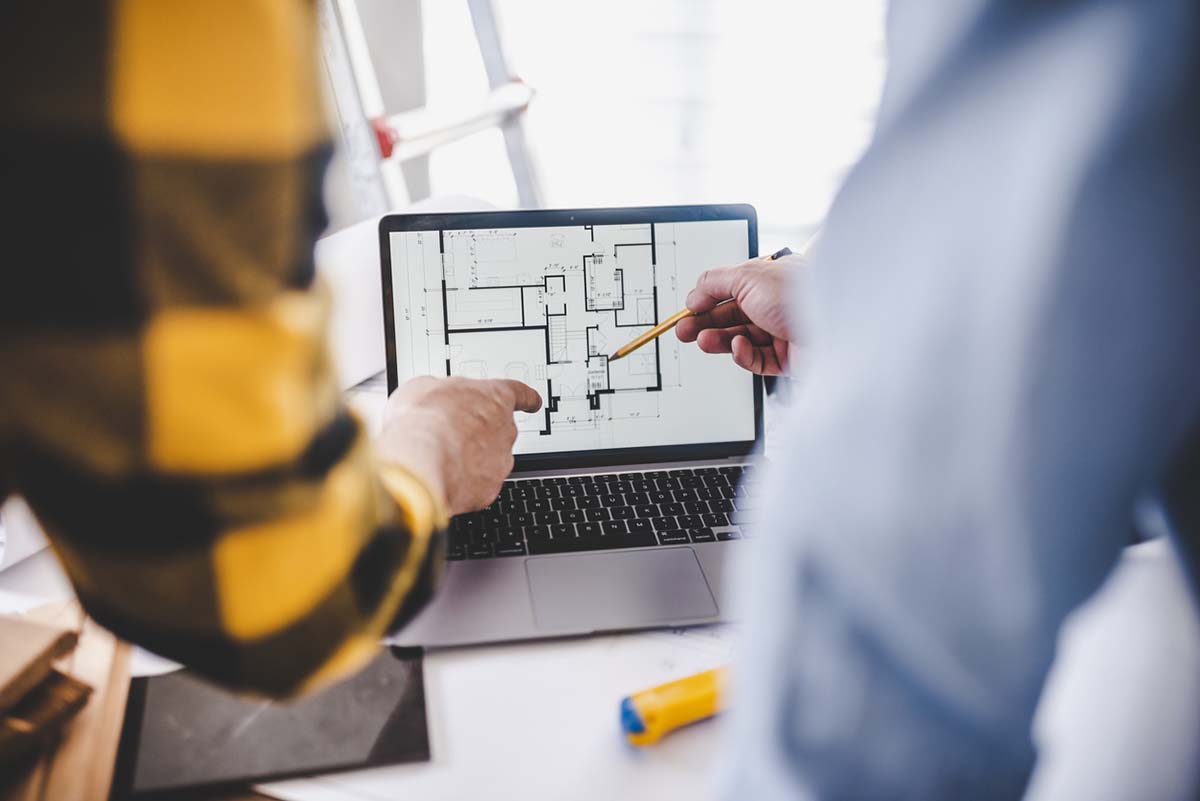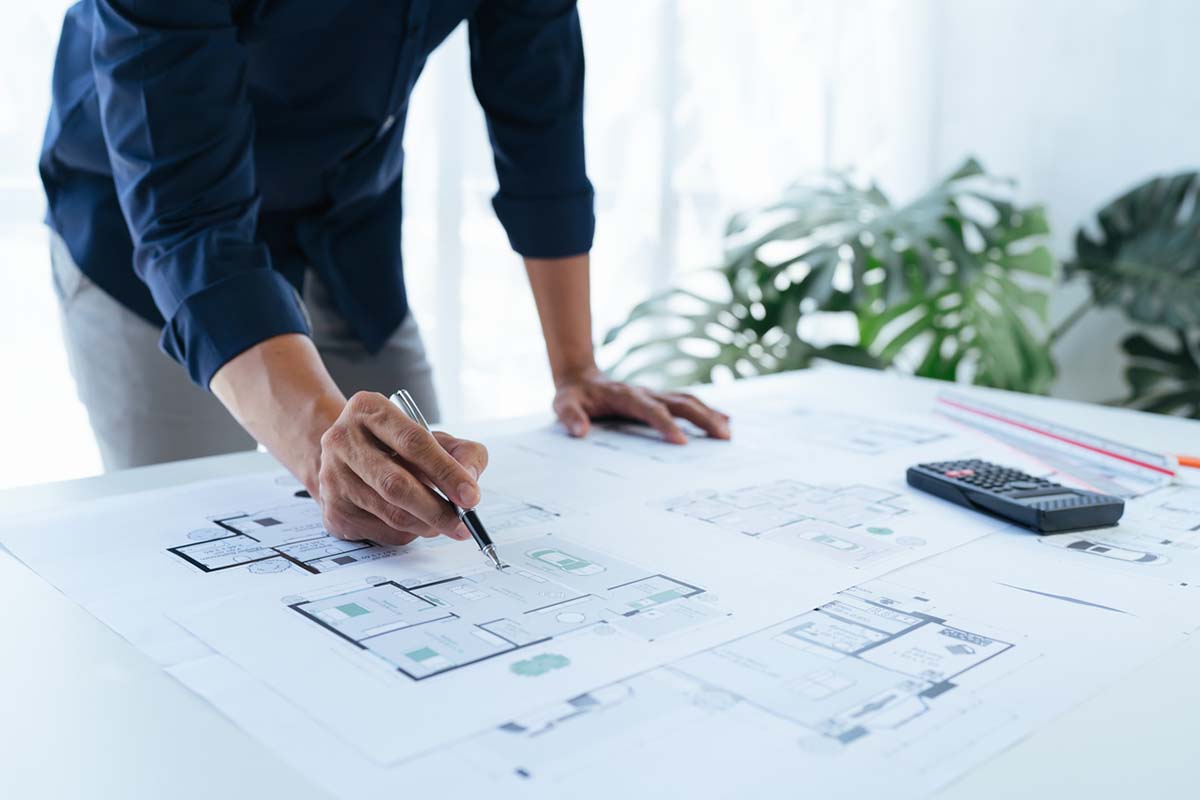The heart of any architectural marvel lies in its design concept – the guiding principle that translates a client’s vision into a functional and aesthetically pleasing space. Developing a strong design concept is an iterative process, demanding a blend of creativity, technical expertise, and a deep understanding of the project’s purpose. This article explores ten crucial steps that will equip you to transform your architectural dreams into captivating design concepts.

1. Deep Dive into the Project Brief
The cornerstone of any successful design concept is a thorough comprehension of the project brief. Treat this document as your architectural bible. Read it meticulously, dissecting every detail – the project’s purpose, target users, budget constraints, and desired functionalities.
Don’t hesitate to clarify ambiguities with your client. Highlight key points and consider creating mind maps to visually organize the information. A solid grasp of the brief will steer your design concept in the right direction from the outset.
2. Research Extensively: Fuelling Inspiration
Before embarking on the creative journey, immerse yourself in the world of architectural research. Explore current architectural trends, both local and global. Delve into historical precedents – iconic buildings that resonate with the project’s goals. Research innovative materials and technologies that can enhance your design’s functionality and sustainability.
Pay close attention to projects by renowned architects, dissecting their design philosophies and how they translate into built forms. This research not only fuels inspiration but also equips you with a broader knowledge base to inform your design choices.
3. Define Your Design Philosophy: A Guiding Light
Every architect possesses a unique design philosophy – a set of core principles that influence their approach to space, form, and materials. Dedicate time to identify your own philosophy. Consider factors like your values, fascination with certain architectural styles, and the emotional impact you desire your creations to evoke.
A clearly defined design philosophy acts as a guiding light throughout the design process, ensuring your concept remains focused and cohesive.
4. Site Analysis: Understanding the Canvas
The success of a building hinges on its harmonious integration with its surroundings. Conduct a comprehensive site analysis, meticulously documenting the site’s topography, existing structures, vegetation, and access points. Analyze sun patterns, prevailing winds, and noise levels. Understanding these factors empowers you to create a design that responds sensitively to the context, maximizing the site’s potential while minimizing its environmental impact.
5. Sketching and Prototyping: Unleashing Creativity
Now comes the exciting part – unleashing your creativity through sketching and prototyping. Don’t be afraid to experiment wildly with initial ideas. Rough sketches, both physical and digital, allow you to explore various design options as Upbeat has given quickly and efficiently.
As your concept evolves, create more detailed drawings and 3D models to visualize the spatial relationships and overall form of your design. Sketching and prototyping are iterative processes, so embrace constant refinement and exploration.
6. Prioritizing Functionality: A Seamless User Experience
While aesthetics are undeniably important, a strong design concept prioritizes functionality. Return to the project brief and meticulously analyze the proposed functions of the space. Consider the user flow – how people will move through the building, interact with different areas, and utilize the space effectively.
Create a functional layout that caters to the specific needs of the users, ensuring a seamless and
enjoyable experience within the built environment.

7. Play with Light and Shadow: Shaping Mood and Ambiance
Light and shadow are powerful tools in the architectural palette. Understand how natural light interacts with the building throughout the day. Strategically position windows, skylights, and courtyards to optimize natural light penetration. Don’t neglect the importance of artificial lighting. Consider how various lighting schemes can create different moods and ambiances within the space, enhancing its functionality and emotional impact.
8. Incorporate Cultural Elements: A Sense of Place
Great architecture fosters a sense of place, echoing the cultural and historical context of its surroundings. Research the local architecture, traditions, and materials. Seek inspiration from vernacular styles and integrate elements that resonate with the region’s cultural identity. This not only creates a visually appealing design but also fosters a sense of belonging and community within the built environment.
9. Embrace Sustainability: Designing for the Future
In today’s environmentally conscious world, sustainable design practices are no longer optional. Integrate eco-friendly strategies into your concept from the get-go. Consider using energy-efficient materials, incorporating passive design principles for natural ventilation and heating/cooling, and minimizing the project’s overall environmental footprint. Embrace innovative technologies that promote resource conservation and responsible energy use.
10. Seek Feedback and Refine: Continuous Improvement
No design concept is born perfect. Throughout the process, actively seek feedback from peers, mentors, and potentially even the client. Present your evolving concept through compelling presentations, using sketches, models, and even virtual reality experiences if possible.
Embrace feedback constructively, utilizing it to refine and strengthen your concept. Be prepared to iterate on your design, constantly seeking ways to improve its functionality, aesthetics, and overall impact. Remember, even the most captivating design concepts evolve through a process of continuous improvement.
Beyond the 10 Steps: Additional Considerations
While the ten steps outlined above provide a robust framework for developing captivating design concepts, several additional factors contribute to success:
Client Collaboration: Cultivate a strong working relationship with your client. Maintain open communication, actively listening to their concerns and incorporating their feedback while ensuring the design aligns with the project brief and budget.
Technical Expertise: A strong foundation in architectural technology and building codes is crucial. Your design concept must be grounded in technical feasibility to ensure a safe, functional, and structurally sound building.
Innovation and Experimentation: Don’t be afraid to push boundaries and experiment with new ideas, materials, and technologies. Innovation often leads to groundbreaking architectural achievements.
Attention to Detail: Meticulous attention to detail elevates a design concept from good to exceptional. Consider how elements like doorknobs, lighting fixtures, and even finishing materials contribute to the overall experience of the space.
Conclusion
Developing captivating design concepts requires a blend of creativity, technical skill, and a thorough understanding of the project’s purpose. By following the ten steps outlined above, you’ll equip yourself to translate your architectural vision into stunning and functional built environments.
Remember, the journey of design is an iterative process, fueled by research, experimentation, and a relentless pursuit of excellence. Embrace the process, and watch your design concepts blossom into awe-inspiring architectural realities.








